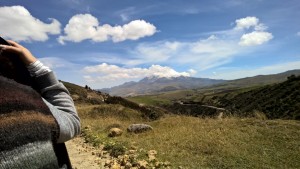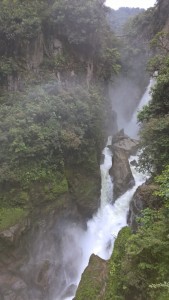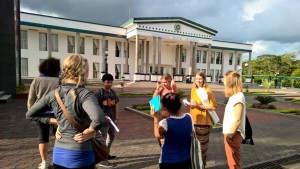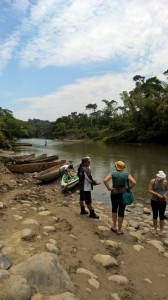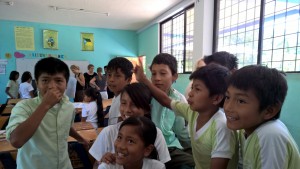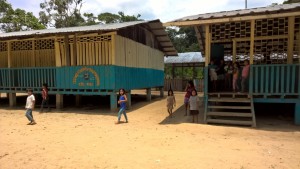Johanna Maliniemi
At the last meeting we ate gingerbread and discussed why we are development geographers. There were as many answers as there were students!
Being able to have an influence was one of the first answers.
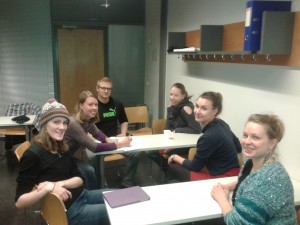
Last meeting in Studying Development Geography-course.
– When I was 18, I applied directly to study development geography, because I wanted to change the world, says Nina Miettinen.
Many of us wanted to change world to a better place, but we also discussed that it is a difficult work. Development is a complex issue. Politics, economy, environment and human rights are all interconnected and it is not simple to make the change you want to see.
– I want to be part of the positive change or at least not to harm, Soili Laurila corrects.
Johanna Hakanen thinks that when you know more, you are forced to do something, and you also know how to do it. Even if the work is complex it feels that it is important, as Sara Haapanen thinks that our study field can affect to people’s lives.
– In development geography real life and research come together, Lim Yew summarizes.
Development geography is a subject where you are free to concentrate on various issues, and this was seen as a benefit.
– You can concentrate on what you want, says Marija Launonen, who has familiarized with indigenous people’s rights.
The other way round you could say that you don’t need to concentrate: if you want to do research on various different issues, you are free to do so. The field is not boring and there are new things happening all the time.
– As geographers we know a lot about different places, and we are able to use our skills, says Tommi Lapio.
– And if we do not know, we know where we find answers, Amica Dristig continues.
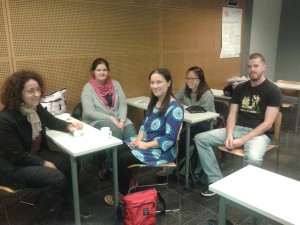 We also discussed whether the term development geographer works best to define us. Heikki Rahikainen told that his interest has changed more towards international politics.
We also discussed whether the term development geographer works best to define us. Heikki Rahikainen told that his interest has changed more towards international politics.
– I would even say I have an identity crisis with the disciplines, he says.
Others would still include Heikki’s interests in development or in regional studies. Rebecca Jones told also that she is actually majoring in human geography but she is interested in development issues. The field of development geography is multidisciplinary, so actually it has things in common with many other disciplines. Geography is our own tool but we share many common interests with i.e. development studies.
Also there is a common thing among all geographers which Amica notices.
– We like maps and travelling!
It is a great opportunity that we can do research and at the same time we are able to see new places and get new experiences. We are in a great position to learn about development, societies and environment not only in a computer lab or library but also on the field in different countries and different situations.
